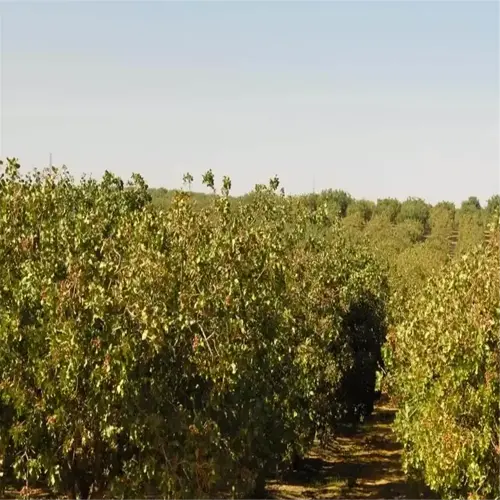How to protect pomegranates from pests?

Written by
Julia Anderson
Reviewed by
Prof. Charles Hartman, Ph.D.When it comes to keeping pests away from those pomegranates, the less toxic your approaches, the better. I have dealt with quite a few pest infestations using combinations of methods that do our pollinators right.Early detection is key- so check the leaf undersides every week during the growing season. The sticky traps are a good way to keep track of potential populations of aphids and whiteflies before they take over.
Preventive Measures
- Companion planting: Marigolds repel nematodes, garlic deters borers
- Drip irrigation: Reduces humidity-loving pests
- Winter sanitation: Remove fallen fruit harboring larvae
Active Treatments
- Neem oil: Disrupts pest life cycles (2 tbsp/gal every 7 days)
- Kaolin clay: Creates protective barrier (mix 1 cup/2 gal water)
- Beneficial insects: Release lacewings for aphid control
The effectiveness of neem oil can be optimized if it is emulsified correctly. I add 1 teaspoon of Castile soap per gallon to help it adhere to the surface. If you have a heavy infestation you will want to spray every 5 days. This broke the aphid cycle in my orchard in 3 weeks. It is best to avoid treating during flowering, as we want to be mindful of pollinators.
The usage of Kaolin clay for its applications requires an overall thorough coating. It suffices to apply it with a backpack sprayer to all leaf surfaces if it is done thoroughly; reapplication is necessary after heavy rains fall. I had success with my trial application, reducing leaf-footed bugs on treated trees by 60%. The white coating will wash off easily when harvest begins.
Attract natural predators to your garden by planting flowers that are rich in nectar. My border of yarrow and dill attracts parasitic wasps that manage caterpillar numbers in my garden. Removing all broad-spectrum pesticides will be necessary to allow those populations to recover - we once removed broad-spectrum pesticides from a client's orchard, and within weeks of the removal 90% of the beneficial insects were gone.
In the case of serious infestations, use a combination of methods, these strategies can play off of each other. I use kaolin clay in layers with, say, weekly neem sprays, and drench the soil every month, with something like compost tea. In a test of this method in California, it decreased damage to fruit by 80%. Whatever you choose to do, consider rotating your treatments so that the pest does not build up resistance.
Read the full article: How to Grow Pomegranate: Expert Tips for Success

